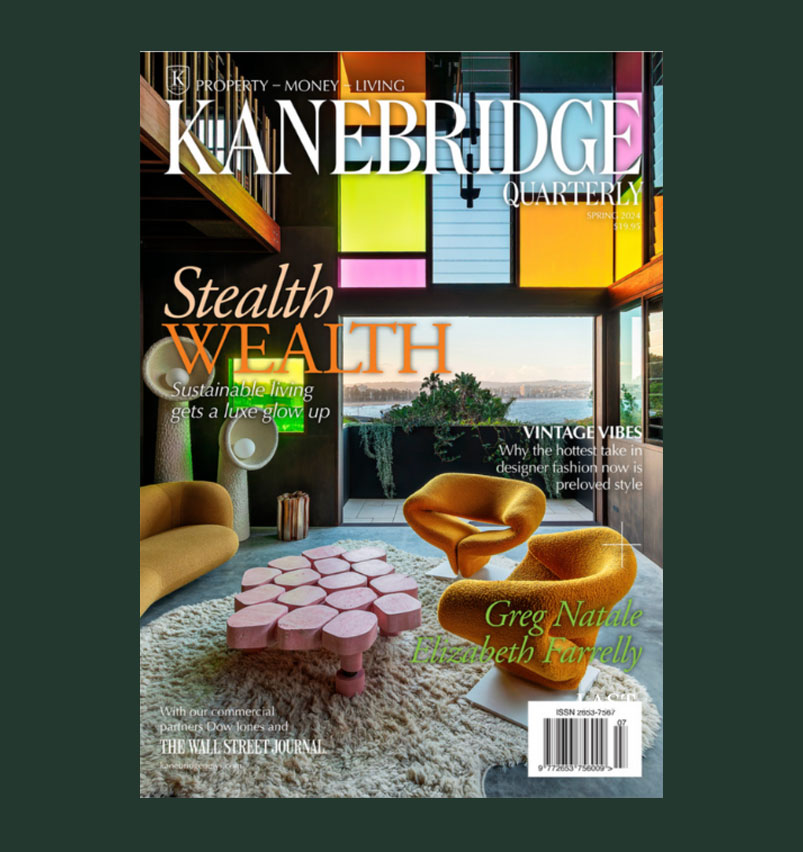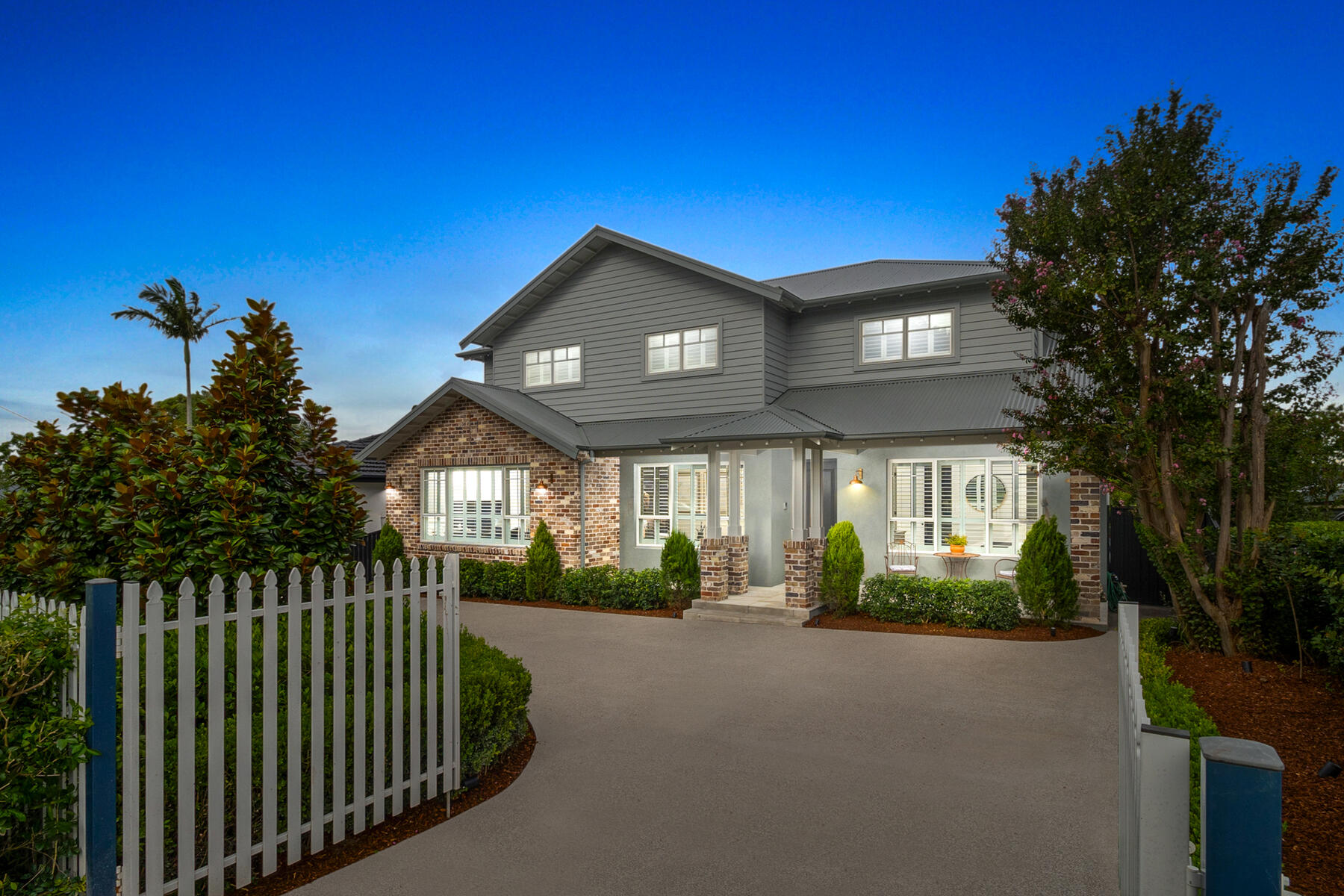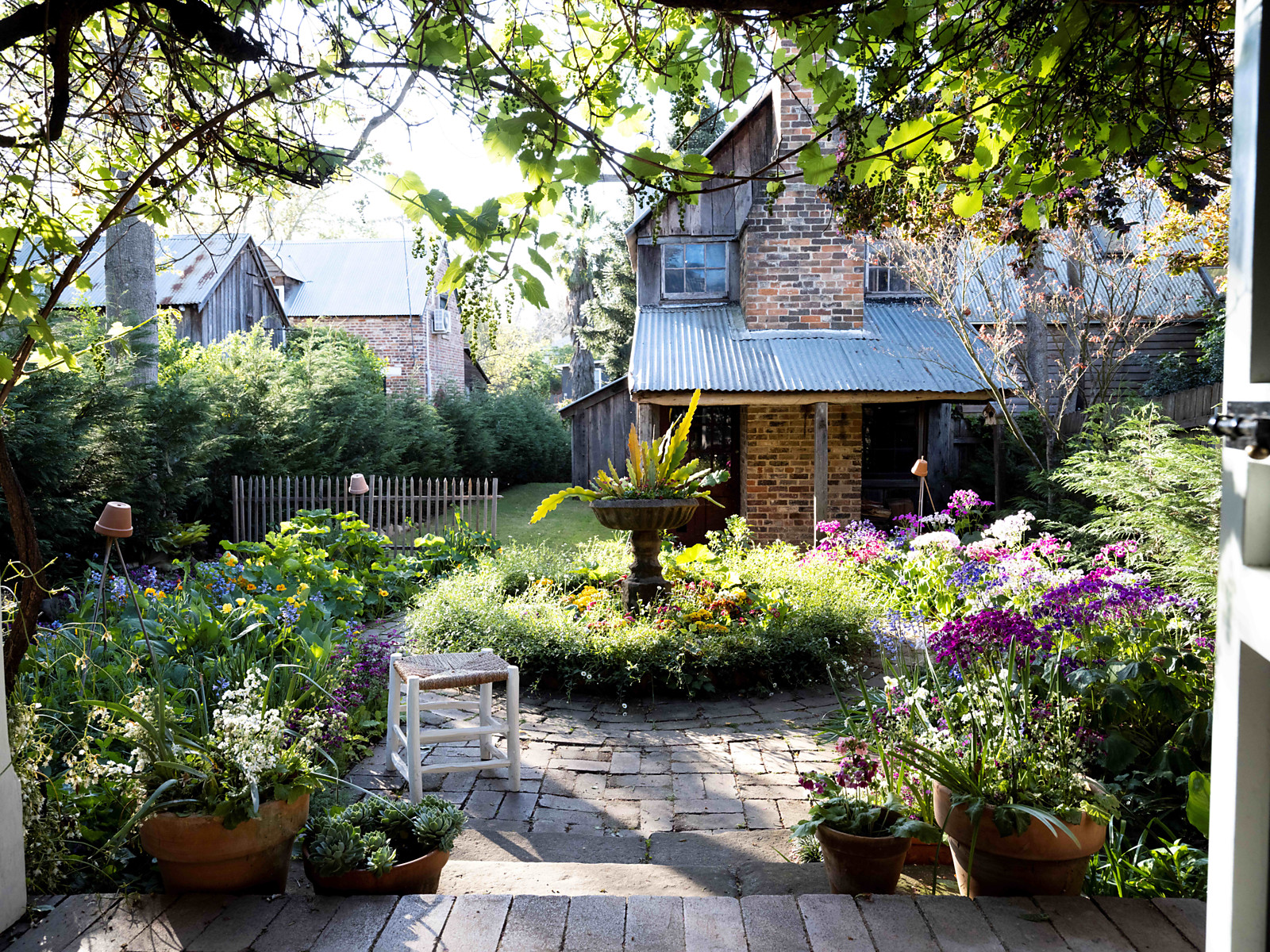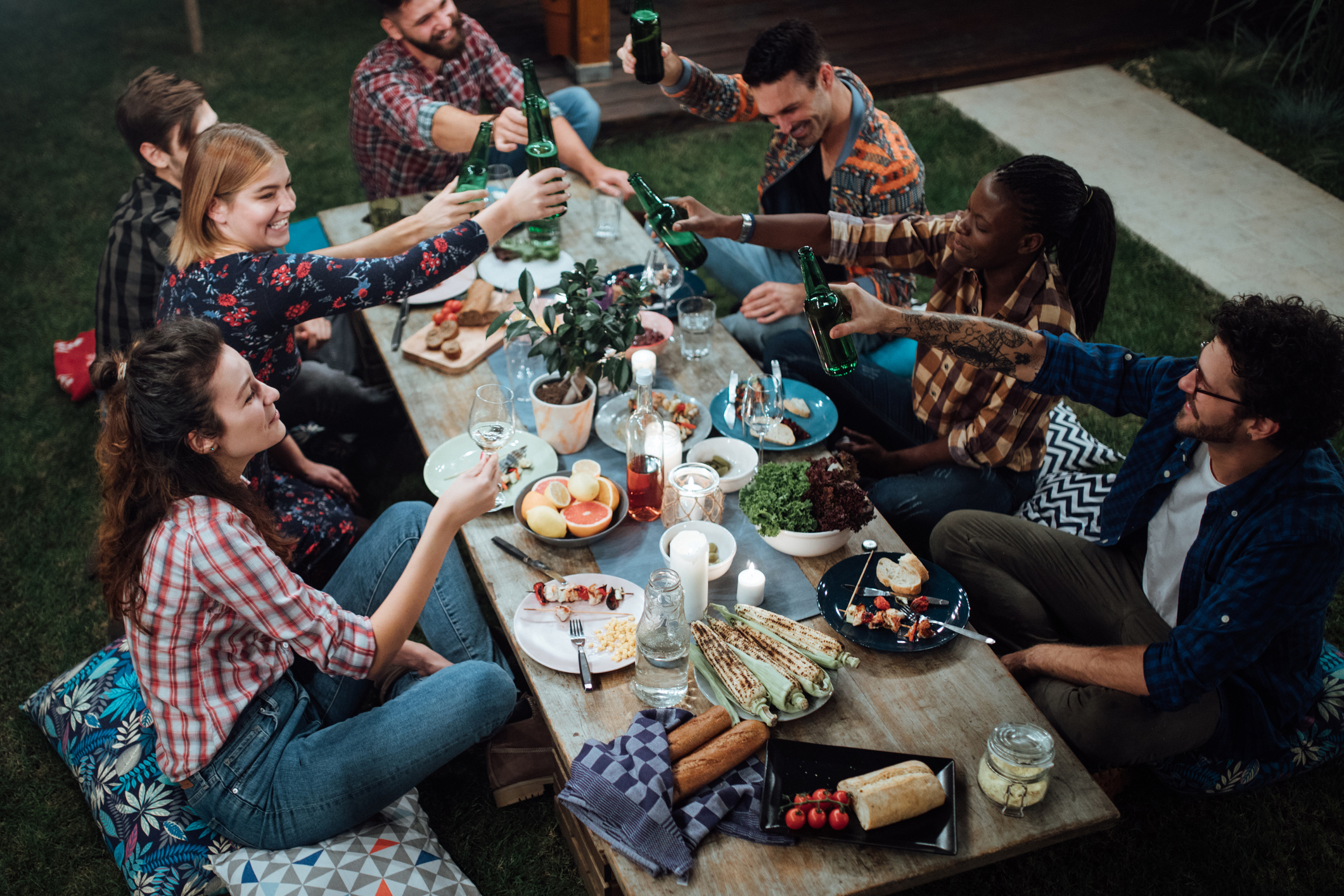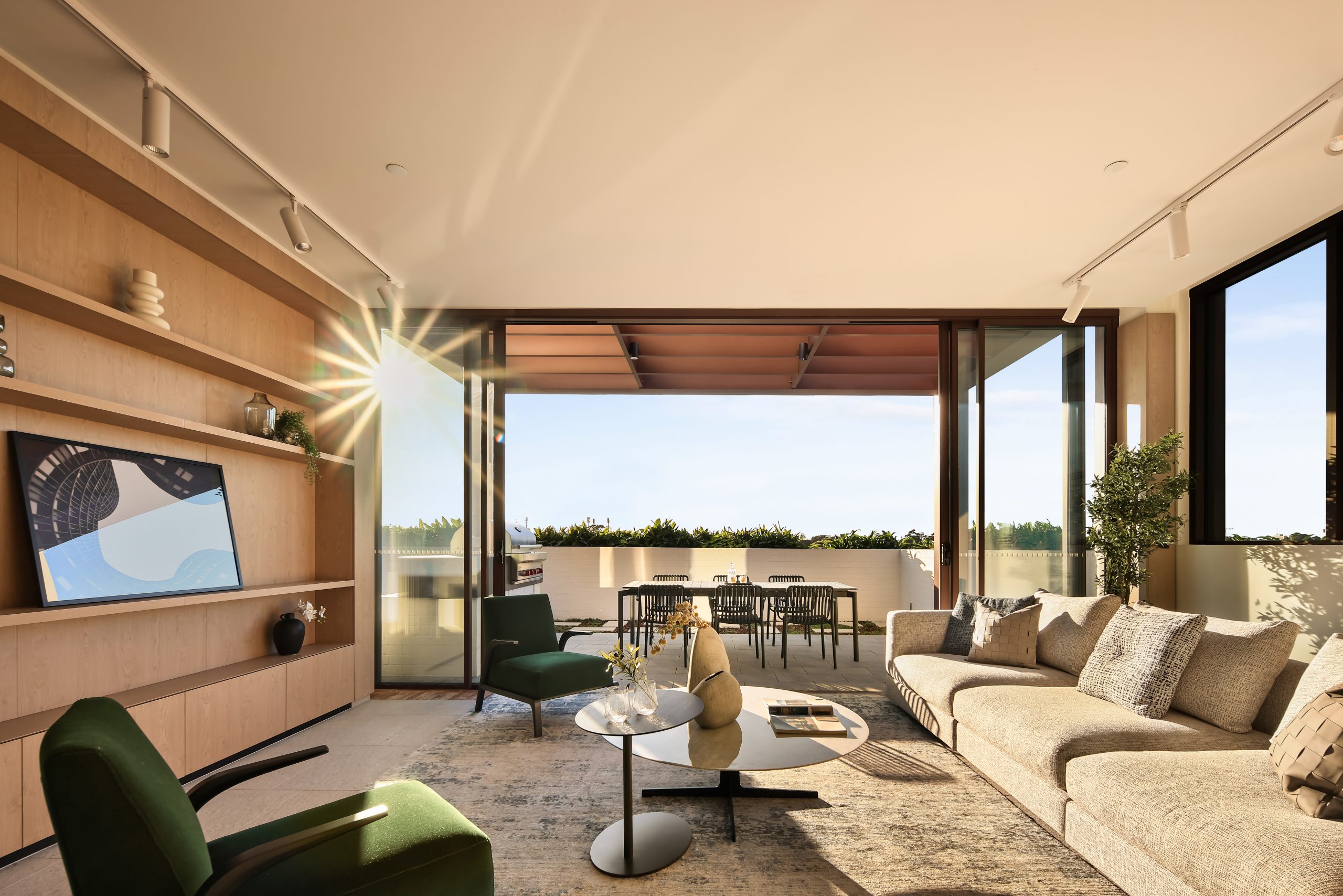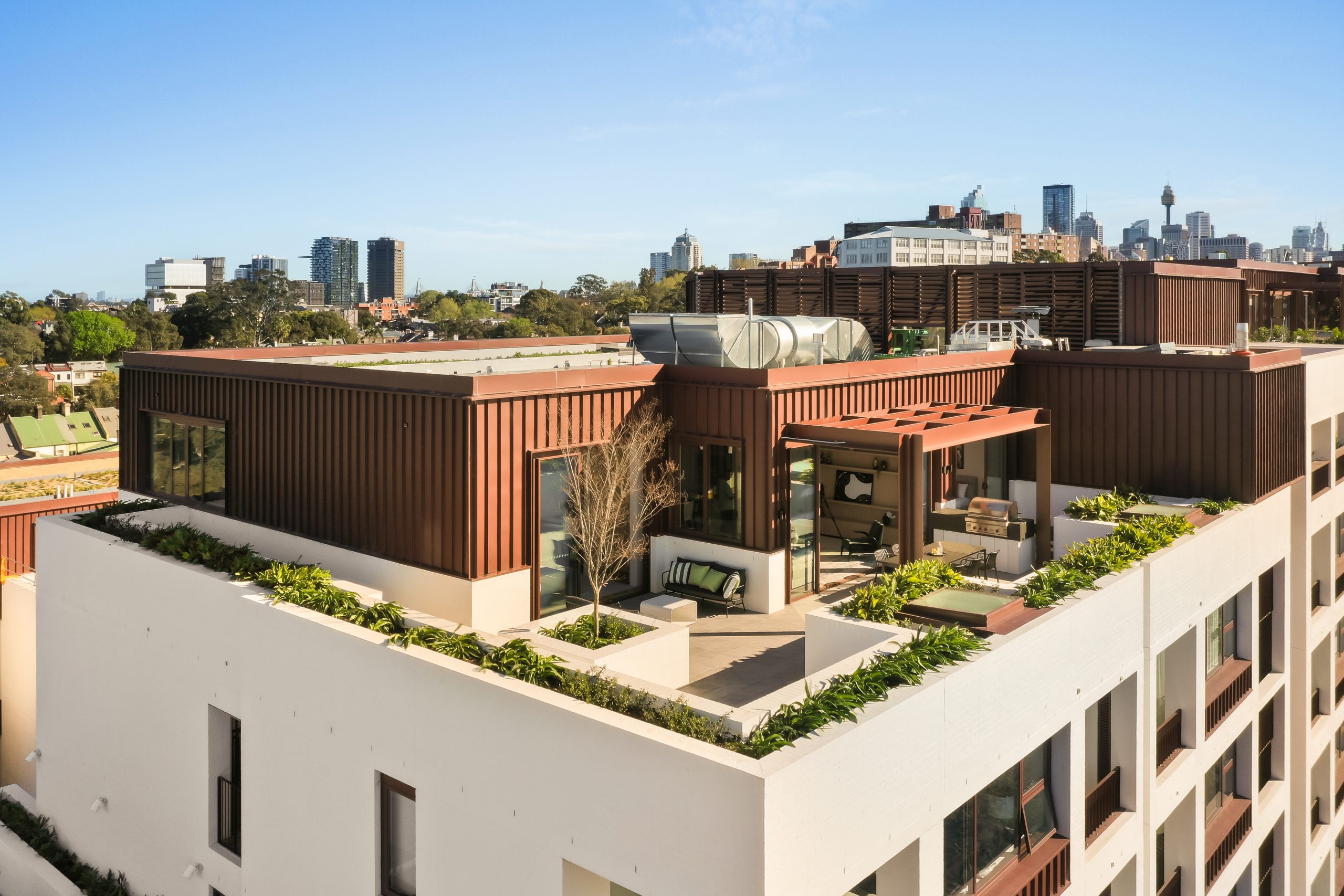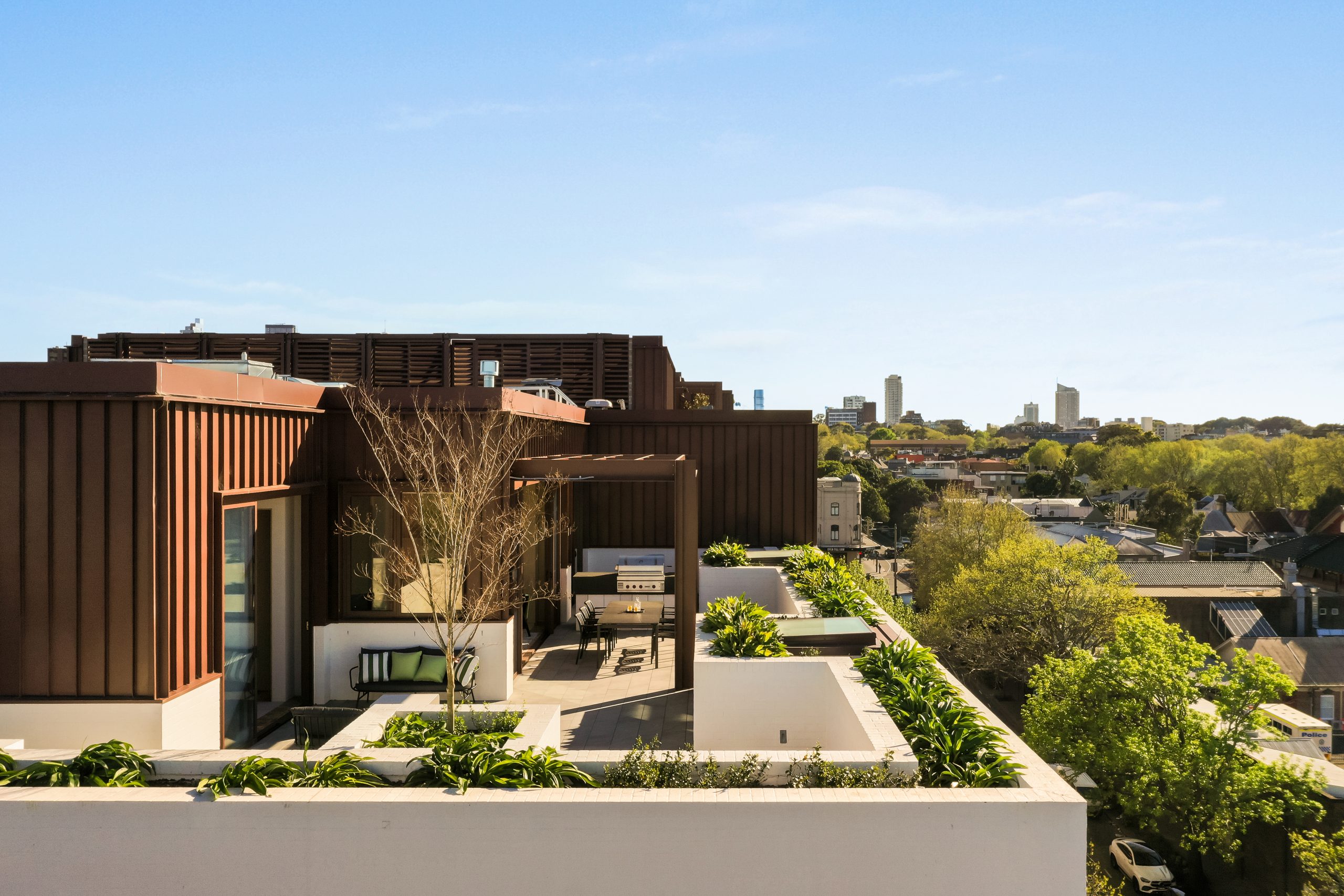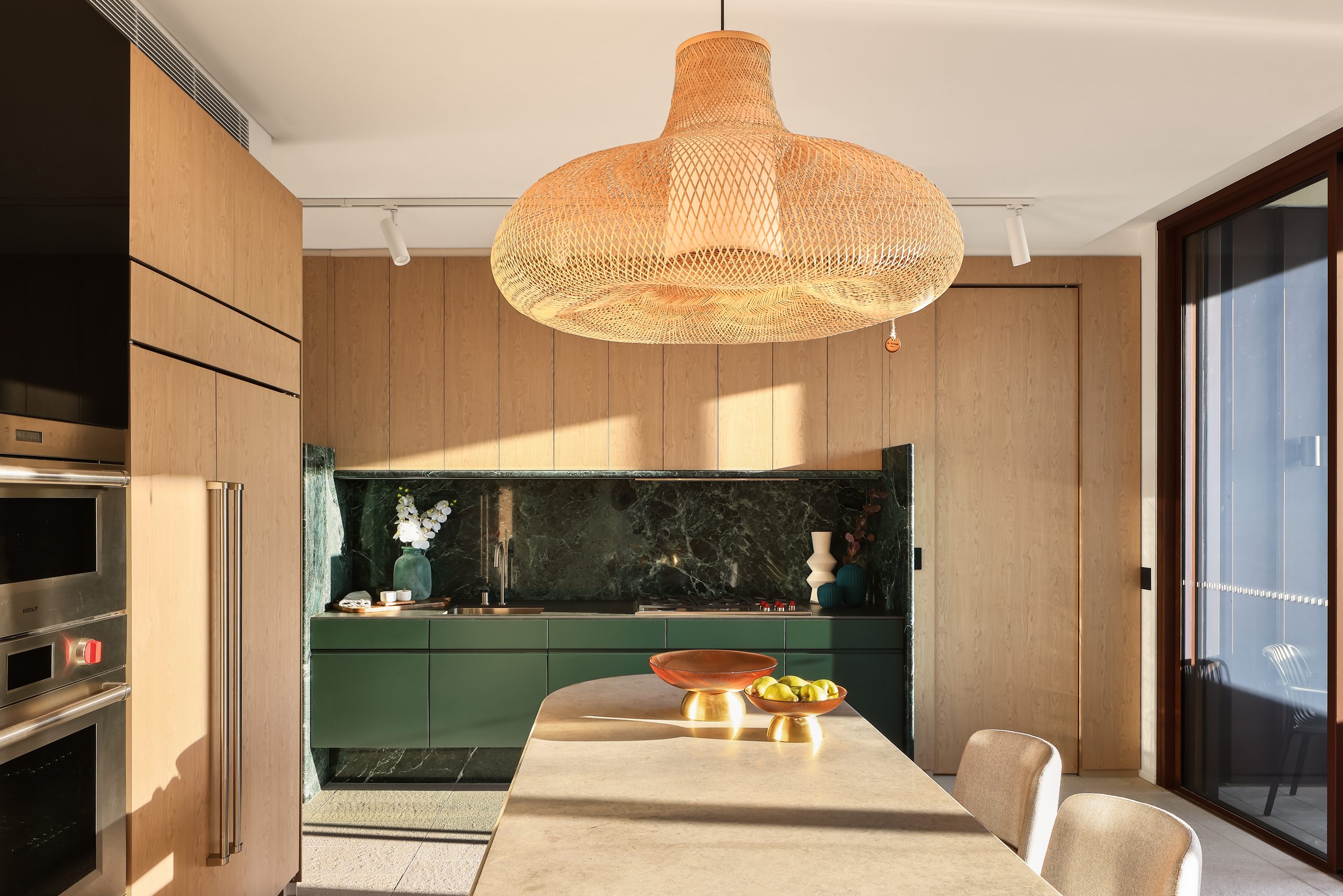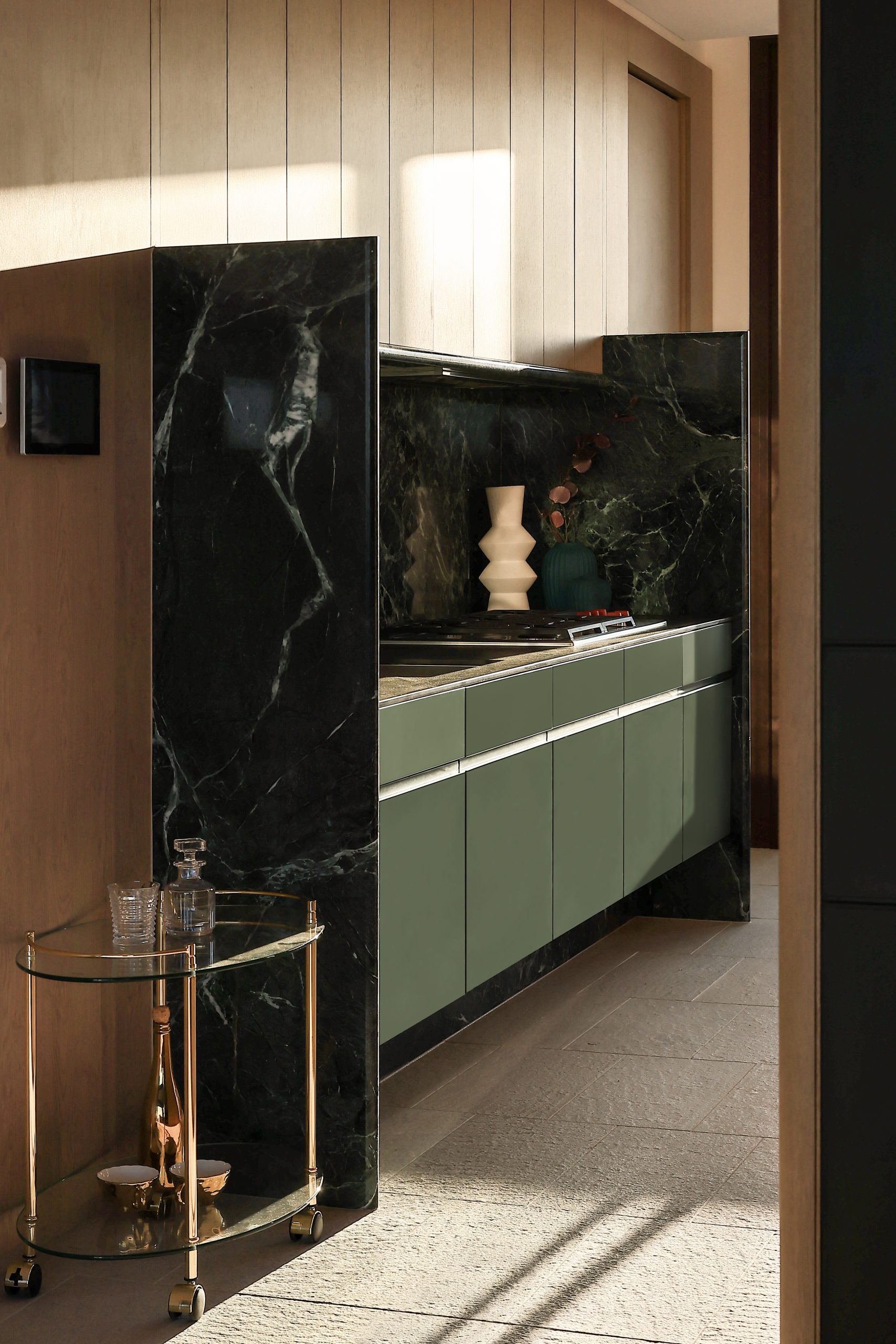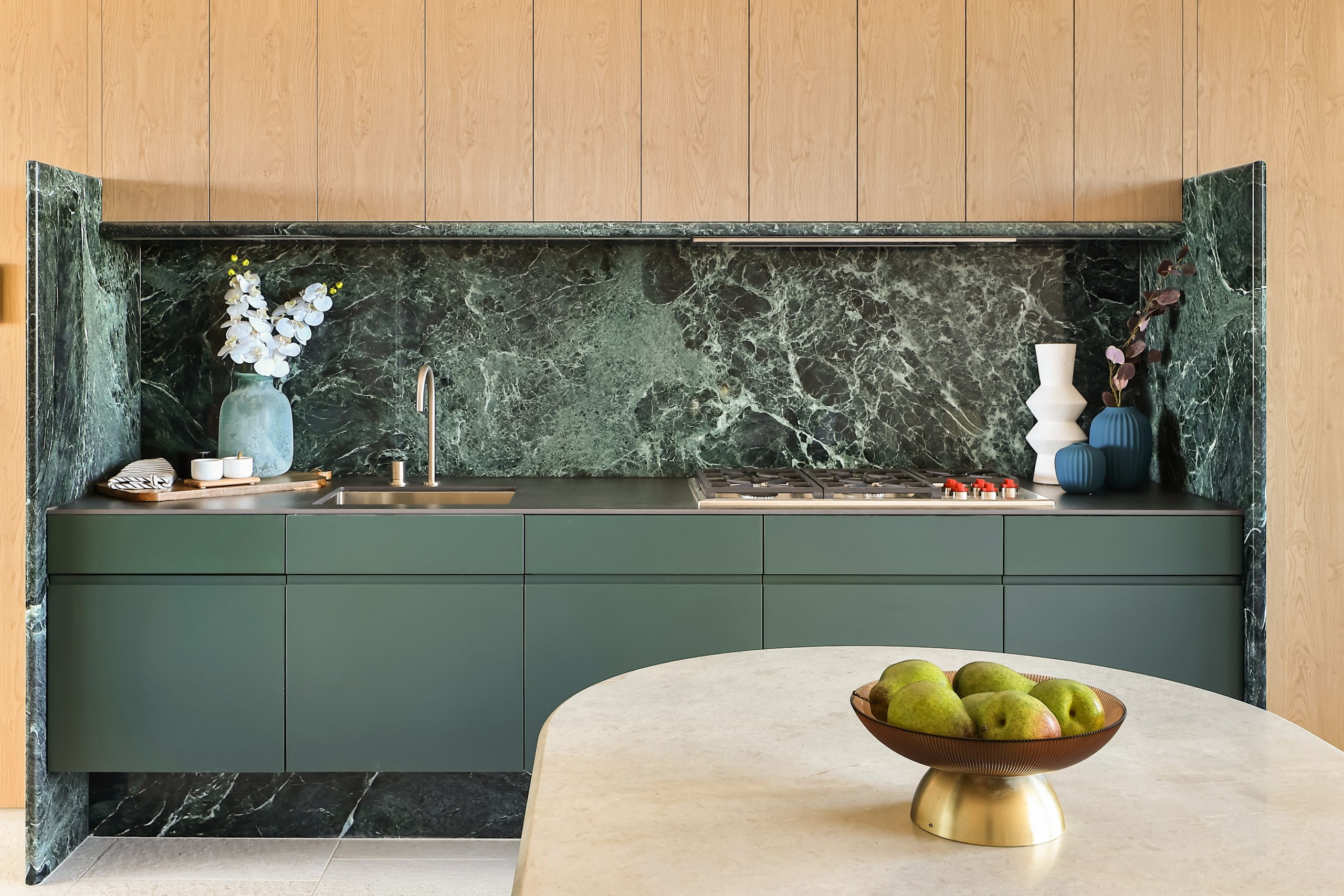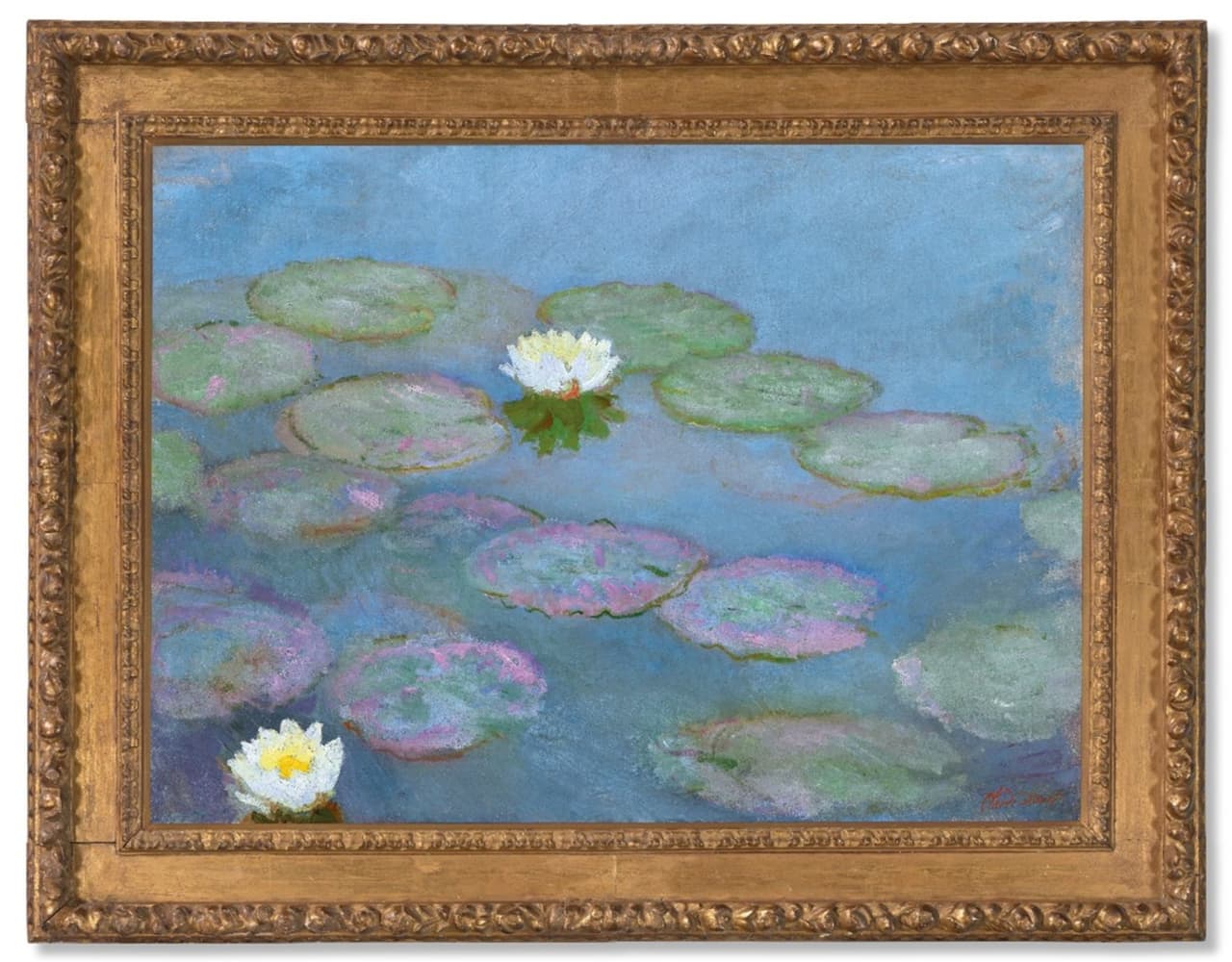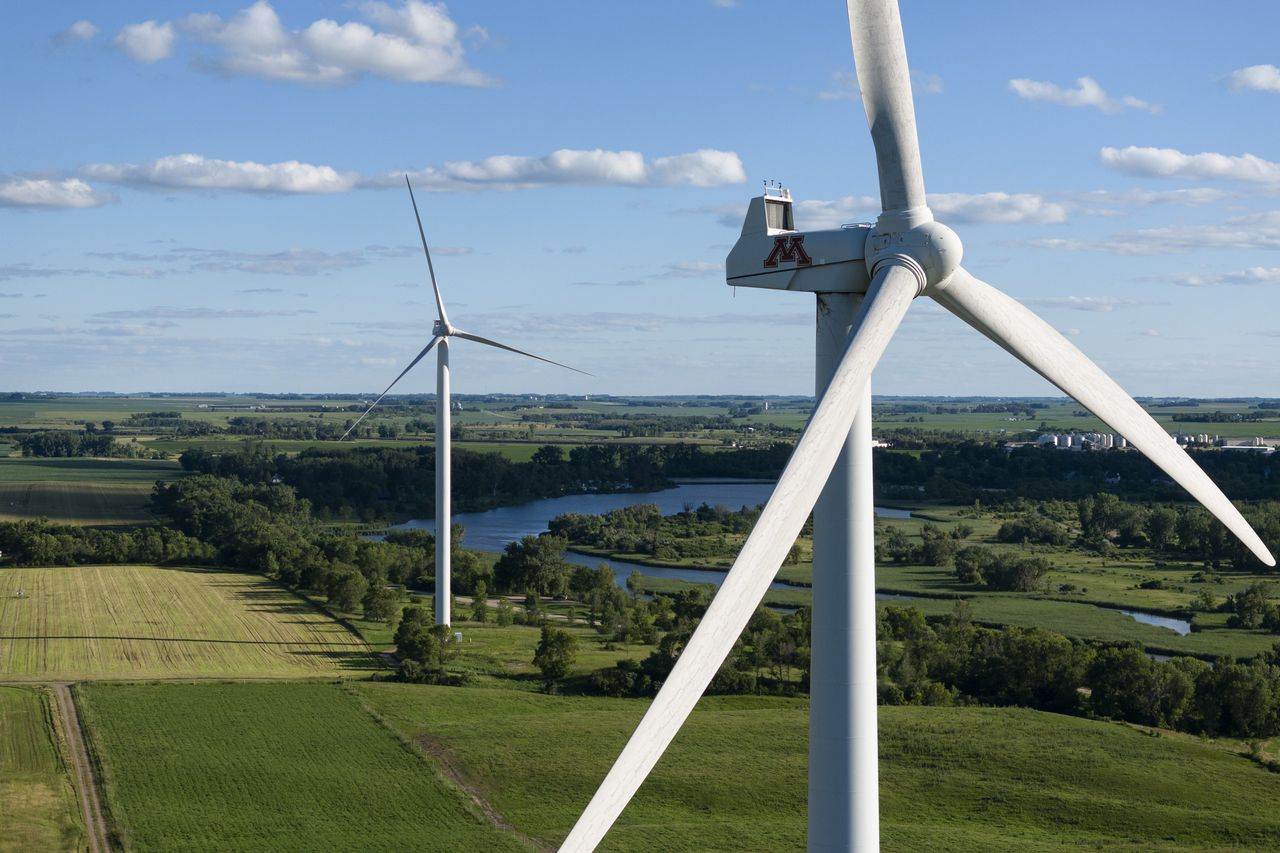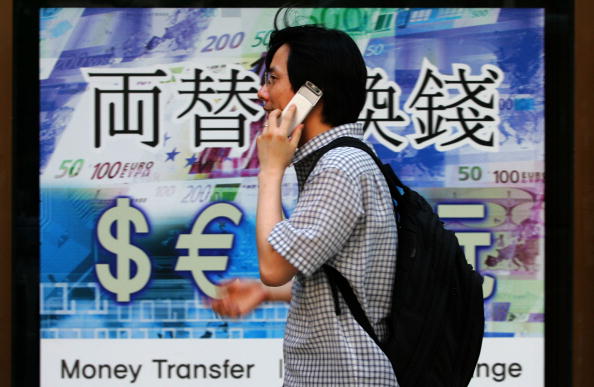The state leading Australia economically for the first time
Tripled population growth has turbocharged economic demand, jobs and housing starts
South Australia is leading the country economically, with a population surge post-COVID boosting economic demand, lowering unemployment and creating a property market boom. Amid a national housing undersupply crisis, South Australia has the best rate of new home building activity and house prices have risen 10 percent in Adelaide and 9 percent in regional South Australia over the past 12 months.
CommSec’s quarterly State of the States report compares the states and territories on eight economic measures: economic growth, retail spending, equipment investment, unemployment, construction, population growth, housing finance and dwelling commencements. The report compares each measure against the long-term trends for each state and territory to determine the out performers.
According to the latest report, South Australia is the best-performing economy and comes out on top in four categories — economic growth, unemployment, construction work and dwelling starts.
The states and territories were ranked in the following order:
CommSec chief economist Craig James said this is the first time in the 15-year history of the report that South Australia has emerged as Australia’s leading state economy.
“Population growth in South Australia has tripled over the past two years, which is showing up in a strong housing market and overall economic activity,” Mr James said. He commented that Australia’s resilient jobs market and strong population growth are underpinning all state and territory economies, however high interest rates and the cost-of-living crisis have led to a slower pace of economic growth in all of them.
Economic activity in South Australia in the September quarter was 9 percent above its four-year average level of output. NSW was in second spot at 8.3 percent above its four-year average. Trend unemployment in South Australia was 3.8 percent in December, which was 36.5 percent below the state’s decade-average. Tasmania ranked second at 3.9 percent, 32.8 percent below its norm.
South Australia ranked first for construction work, based on the total real value of residential, commercial and engineering work completed in trend terms in the September quarter. South Australia completed just over $4 billion of construction during the period, which was 23.4 percent above its decade average, ahead of NSW with $19.7 billion of work, 18.3 percent above its average.
South Australia is also building new homes at a more rapid rate than any other state or territory. In the September quarter, South Australia booked 2,852 dwelling starts, which was just 2.3 percent below its decade average. Tasmania was second with 703 starts, 3.2 percent below its average. Dwelling starts in the two most populous states in Australia were woefully below their decade averages. In NSW, 10,536 starts were recorded, down 28.8 percent on the decade average. In Victoria, there were 12,666 starts, down 20.7 percent on normal trends.
The downside to South Australia’s economic growth has been a greater rate of inflation. Adelaide recorded the highest annual inflation rate in the September quarter at 5.9 percent, ahead of Perth at 5.8 percent. But this was only slightly above the national inflation rate of 5.4 percent. Last week, the Australian Bureau of Statistics released the December quarter national inflation figures, which revealed a substantial fall from 5.4 percent to 4.1 percent. This was among the reasons that the Reserve Bank kept interest rates on hold after its first meeting of the new year this week.
This stylish family home combines a classic palette and finishes with a flexible floorplan
Just 55 minutes from Sydney, make this your creative getaway located in the majestic Hawkesbury region.
A Sydney site with a questionable past is reborn as a luxe residential environment ideal for indulging in dining out
Long-term Sydney residents always had handful of not-so-glamourous nicknames for the building on the corner of Cleveland and Baptist Streets straddling Redfern and Surry Hills, but after a modern rebirth that’s all changed.
Once known as “Murder Mall” or “Methadone Mall”, the 1960s-built Surry Hills Shopping Centre was a magnet for colourful characters and questionable behaviour. Today, however, a $500 million facelift of the site — alongside a slow and steady gentrification of the two neighbouring suburbs — the prime corner property has been transformed into a luxury apartment complex Surry Hills Village by developer Toga Group.
The crowning feature of the 122-apartment project is the three-bedroom penthouse, fully completed and just released to market with a $7.5 million price guide.
Measuring 211sqm of internal space, with a 136sqm terrace complete with landscaping, the penthouse is the brand new brainchild of Surry Hills local Adam Haddow, director of architecture at award-winning firm SJB.
Victoria Judge, senior associate and co-interior design lead at SJB says Surry Hills Village sets a new residential benchmark for the southern end of Surry Hills.
“The residential offering is well-appointed, confident, luxe and bohemian. Smart enough to know what makes good living, and cool enough to hold its own amongst design-centric Surry Hills.”
Allan Vidor, managing director of Toga Group, adds that the penthouse is the quintessential jewel in the crown of Surry Hills Village.
“Bringing together a distinct design that draws on the beauty and vibrancy of Sydney; grand spaces and the finest finishes across a significant footprint, located only a stone’s throw away from the exciting cultural hub of Crown St and Surry Hills.”
Created to maximise views of the city skyline and parkland, the top floor apartment has a practical layout including a wide private lobby leading to the main living room, a sleek kitchen featuring Pietra Verde marble and a concealed butler’s pantry Sub-Zero Wolf appliances, full-height Aspen elm joinery panels hiding storage throughout, flamed Saville stone flooring, a powder room, and two car spaces with a personal EV.
All three bedrooms have large wardrobes and ensuites with bathrooms fittings such as freestanding baths, artisan penny tiles, emerald marble surfaces and brushed-nickel accents.
Additional features of the entertainer’s home include leather-bound joinery doors opening to a full wet bar with Sub-Zero wine fridge and Sub-Zero Wolf barbecue.
The Surry Hills Village precinct will open in stages until autumn next year and once complete, Wunderlich Lane will be home to a collection of 25 restaurants and bars plus wellness and boutique retail. The EVE Hotel Sydney will open later in 2024, offering guests an immersive experience in the precinct’s art, culture, and culinary offerings.
The Surry Hills Village penthouse on Baptist is now finished and ready to move into with marketing through Toga Group and inquiries to 1800 554 556.
This stylish family home combines a classic palette and finishes with a flexible floorplan
Just 55 minutes from Sydney, make this your creative getaway located in the majestic Hawkesbury region.



